A path is a prior interpretation of the best way to traverse a landscape
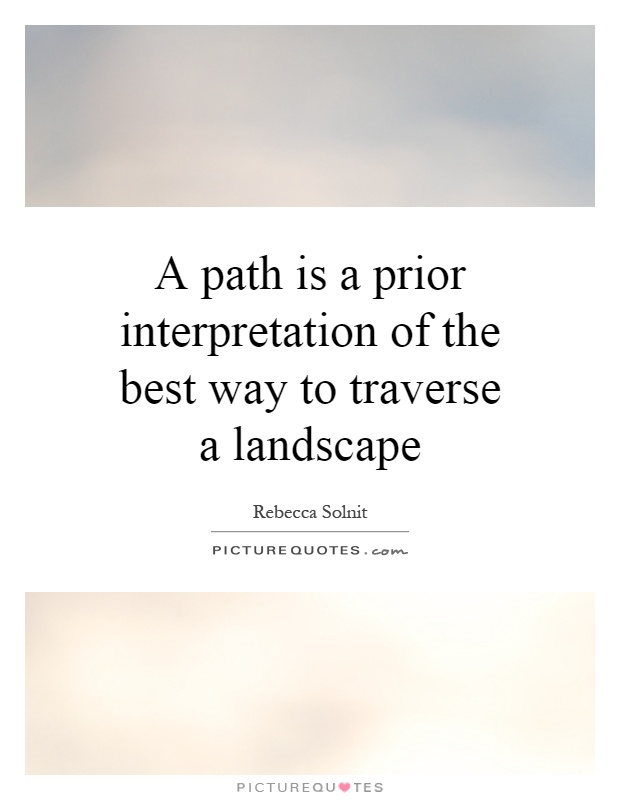
A path is a prior interpretation of the best way to traverse a landscape
In her book "Wanderlust: A History of Walking," Rebecca Solnit explores the concept of paths as prior interpretations of the best way to traverse a landscape. Solnit delves into the idea that paths are not just physical routes through space, but also symbolic representations of human experience and perception.According to Solnit, paths are not neutral or objective entities, but rather subjective constructs that reflect our cultural, social, and personal biases. They are shaped by our beliefs, values, and desires, as well as by historical, political, and environmental factors. In this sense, paths are not just physical markers on the ground, but also mental constructs that guide our movements and shape our understanding of the world.
Solnit argues that paths are not fixed or predetermined, but rather fluid and open to interpretation. They can be created, modified, and erased by human actions, and they can also be contested, negotiated, and subverted. Paths are not just means of getting from point A to point B, but also sites of struggle, resistance, and transformation.

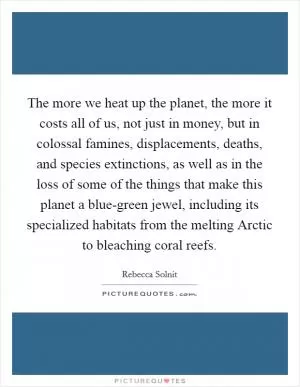


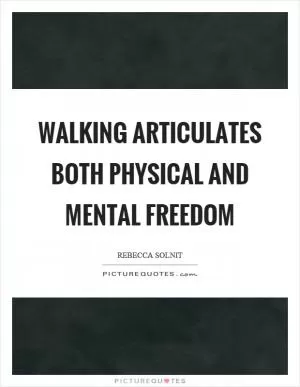
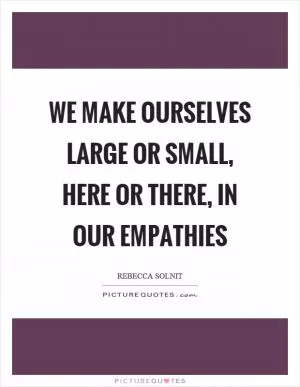
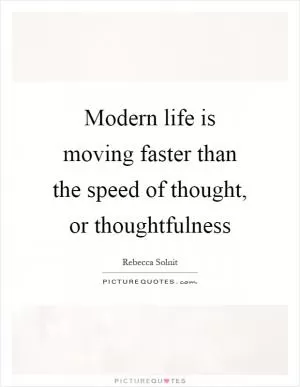
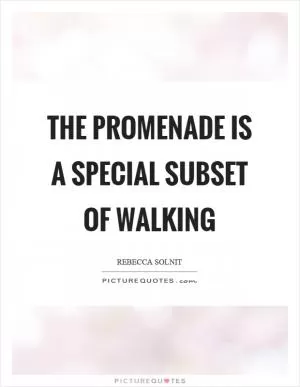



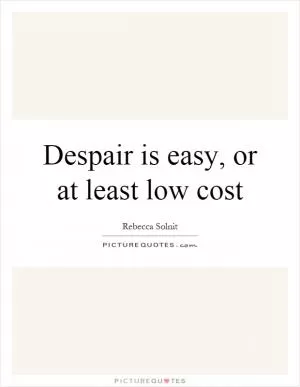
 Friendship Quotes
Friendship Quotes Love Quotes
Love Quotes Life Quotes
Life Quotes Funny Quotes
Funny Quotes Motivational Quotes
Motivational Quotes Inspirational Quotes
Inspirational Quotes